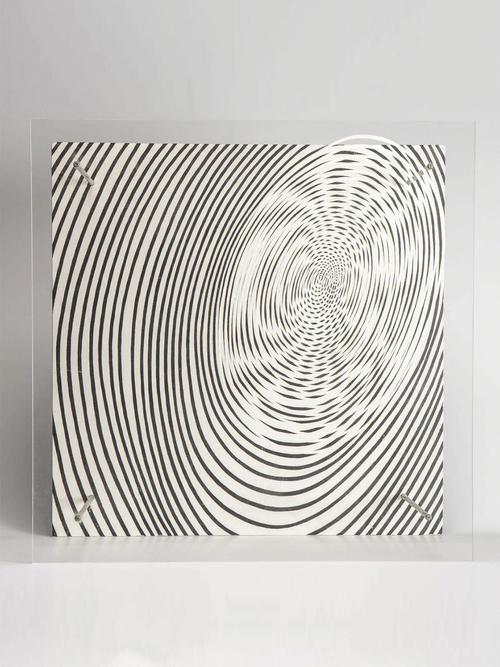
Op Art Ideas Easy: A Comprehensive Guide for Beginners
Op art, short for optical art, is a fascinating branch of visual art that plays with the viewer’s perception. It uses patterns and shapes to create the illusion of movement, depth, or even 3D effects. If you’re new to the world of op art and looking for some easy ideas to get started, you’ve come to the right place. In this article, we’ll explore various op art ideas that are simple yet effective, allowing you to create stunning visual illusions with ease.
Understanding Op Art
Before diving into the ideas, it’s essential to have a basic understanding of op art. Op art is characterized by its use of geometric shapes, bold colors, and contrasting patterns. The goal is to create an optical illusion that makes the viewer perceive the artwork in a different way. This can be achieved through the use of repetition, contrast, and perspective.

One of the key elements of op art is the use of color. Bright and contrasting colors can create a sense of movement and depth. Geometric shapes, such as circles, squares, and triangles, are commonly used to create these illusions. Now, let’s explore some easy op art ideas that you can try.
Simple Op Art Ideas
1. Checkerboard Pattern
The checkerboard pattern is a classic op art design that creates a sense of movement. To create this pattern, you can use a simple grid of squares and alternate between two colors, such as black and white. You can draw this pattern on paper or create it using digital tools.
2. Optical Illusion Circles
Optical illusion circles are a fun and easy way to create a sense of depth. Draw a series of concentric circles with varying sizes and colors. The larger circles should be lighter and the smaller ones darker. This will create a 3D effect, making the circles appear to pop out of the page.
3. Abstract Geometric Shapes
Abstract geometric shapes are another great way to experiment with op art. Use a variety of shapes, such as triangles, hexagons, and octagons, and arrange them in a repeating pattern. You can use different colors to add interest and create a sense of movement.
4. Colorful Zigzags
Colorful zigzags are a simple yet effective way to create a sense of motion. Draw a series of zigzag lines in different colors and arrange them in a repeating pattern. This will create a dynamic and eye-catching design.
Tools and Materials
Creating op art is a fun and creative process that doesn’t require a lot of expensive materials. Here are some essential tools and materials you’ll need:
| Tool/Material | Description |
|---|---|
| Paper | Use white or colored paper to create your op art designs. |
| Pen or Marker | Choose a pen or marker with a fine tip for precise lines. |
| Colored Pencils or Paint | Use colored pencils or paint to add color to your designs. |
| Digital Tools | Consider using digital tools like Adobe Photoshop or Illustrator for more advanced designs. |
Creating Your Op Art
Now that you have a basic understanding of op art and some easy ideas to get started, it’s time to create your own op art masterpiece. Here are some tips to help you along the way:
- Start with a simple design and gradually add complexity.
- Experiment with different colors and patterns to see what works best.
- Don’t be afraid to make mistakes. Sometimes, the most unique and interesting designs come from unexpected errors.
- Take your time and enjoy the process. Op art is all about creating visual illusions, so have fun with it!
With these easy op art ideas and tips, you’re well on your way to creating stunning visual illusions. Whether you’re a beginner or an experienced artist, op art offers a unique and exciting way to explore the world of visual art. Happy creating



